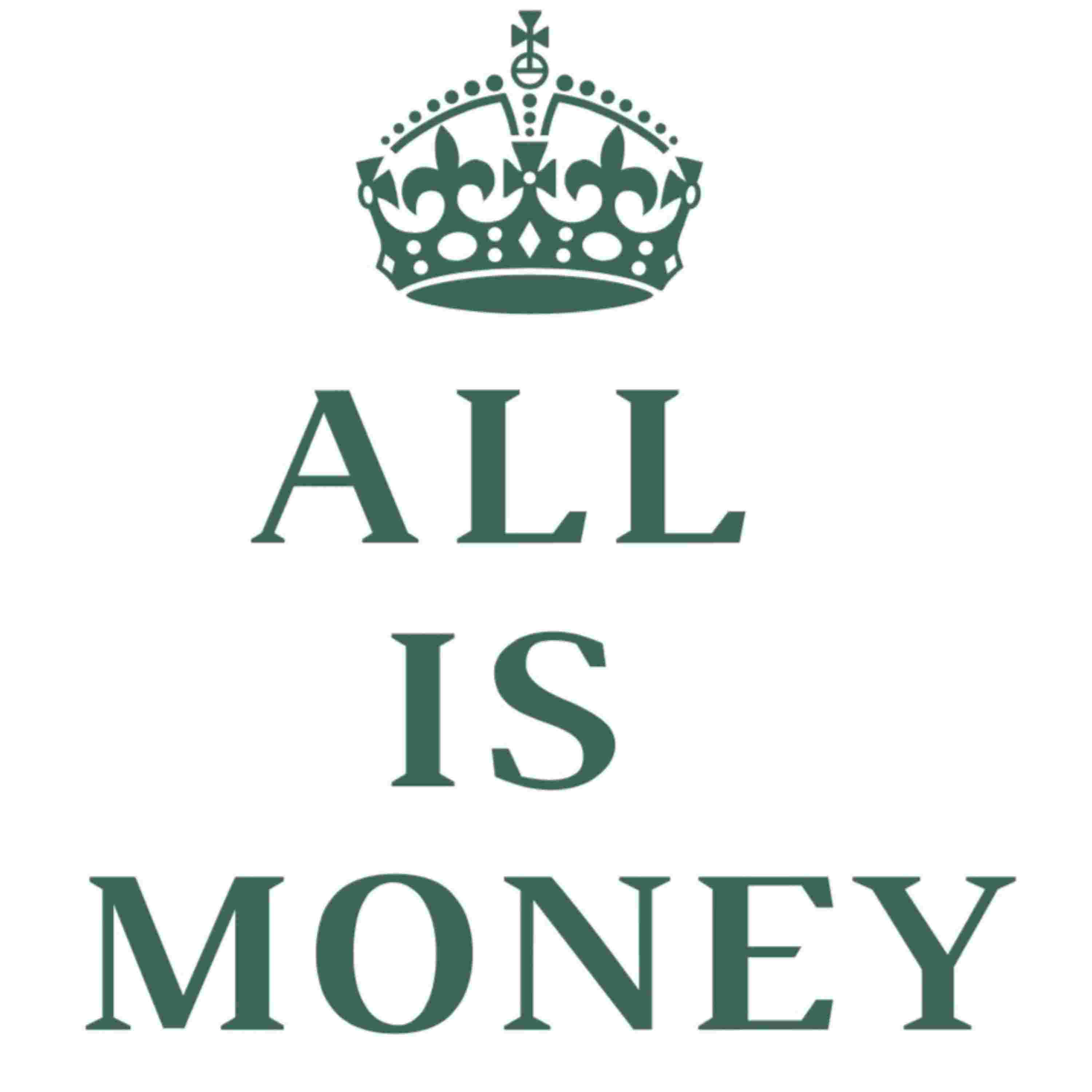

The National Highways Authority of India (NHAI) faces a crisis: after aggressively borrowing, its debt soared to ₹3.35 lakh crores by 2024, leading the Finance Ministry to put a stop to fresh loans. To keep India’s road construction moving a sector seen as the backbone of infrastructure with a 3.2x multiplier effect on GDP—NHAI launched the MoRPH (Monetisation of Public Highway Assets Framework) strategy to raise thousands of crores without borrowing.But is this a "silver bullet or a silver sell-off"?We explore how NHAI is turning its ₹3.5–4 lakh crore asset base into quick cash by auctioning 20-year tolling rights (TOT), bundling roads into InvITs, and even creating public retail investment products. While this strategy has already helped reduce debt by allowing NHAI to prepay ₹56,000 crores worth of loans, it forces a hard choice: Are we trading a consistent pipeline of long-term income for a one-time payout and short-term financial relief?.Tune in to understand the dilemma: When private funds and infrastructure giants reap the benefits of decades of cash flows by collecting tolls, who pays for the next phase of construction once all the high-traffic roads are monetized?. We ask the tough questions about India's infrastructure future and whether selling assets is a sustainable financing model, or if the government is merely using taxpayer-built assets to plug a funding gap.